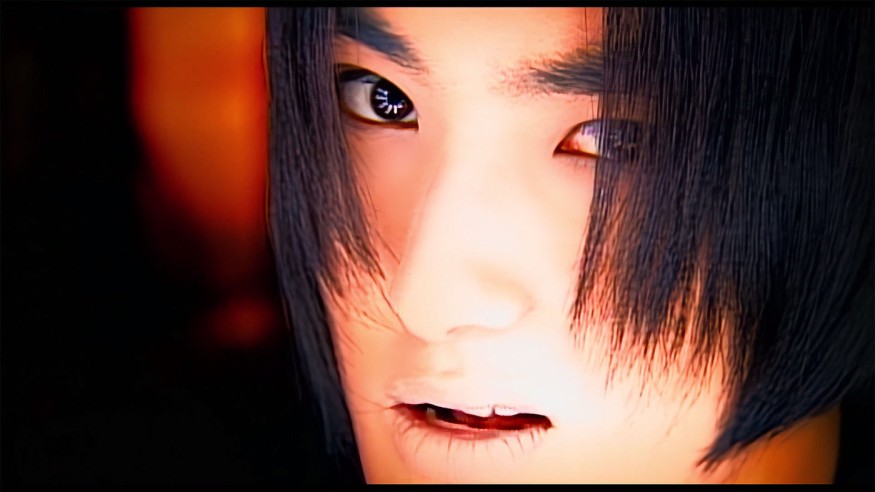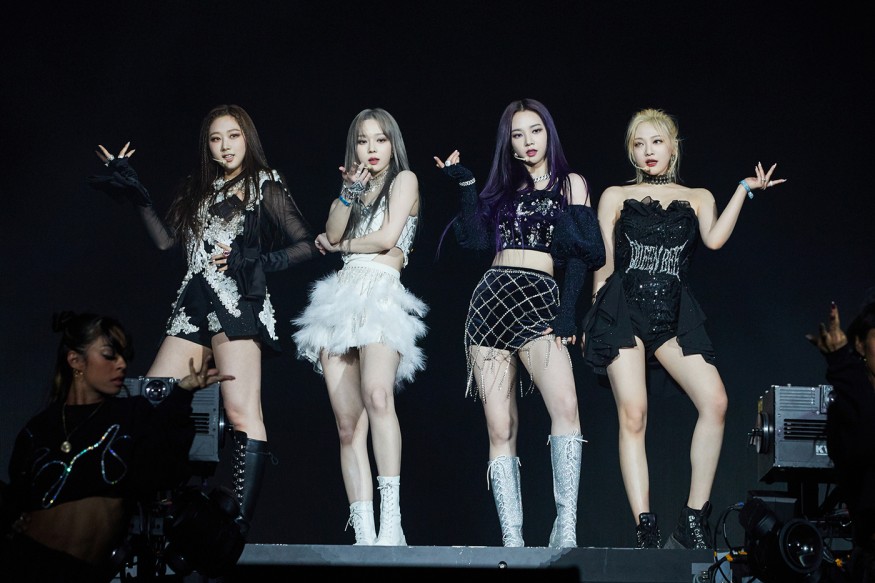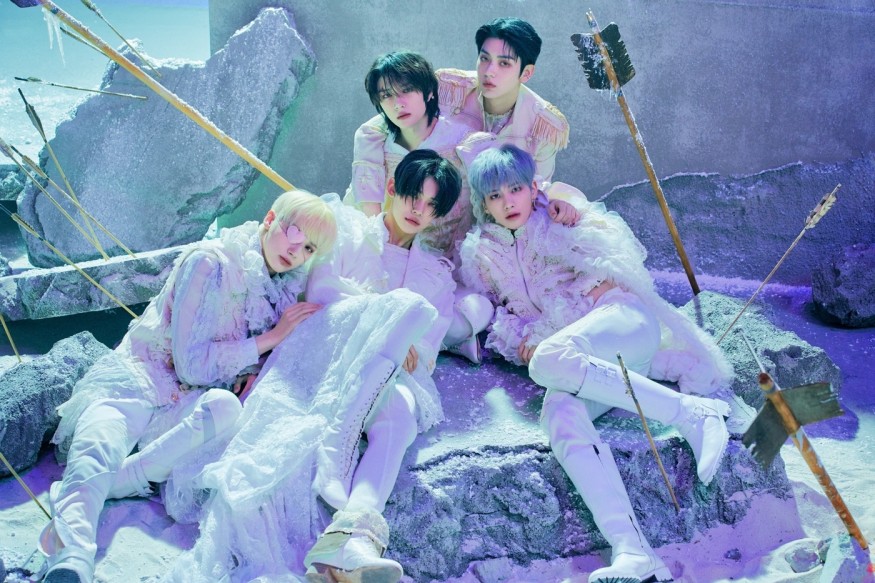Who are the K-pop idols who paved the way for the current global "Hallyu Wave"? From H.O.T to SNSD to BTS to IVE, here are differences from first-gen idols to fourth-gen artists!
On May 13, the Korean media platform Arirang released an article that digs deeper into the "K-pop Idol Genealogy."
Differences Between 1st, 2nd, 3rd, 4th-Gen Idols + Names Who Dominated Each Era:
1. First-Gen K-pop (Seo Taiji & Boys, H.O.T, S.E.S, Fink.K.L, Sechs Kies)

The earliest K-pop groups can be traced back to the mid-1990s wherein "BIG3" companies were still comprised of SM, YG and DSP Media.
At this time, Korean dance and hip-hop music were the most popular, and idols debuted even without systematic training.
Lee Soo Man played a huge role during the birth of K-pop, where he introduced African-American style hip-hop music, and other experimental music could be added to Korean pop.
2. Second-Gen K-pop (TVXQ, Super Junior, BIGBANG, Girls' Generation, SHINee, 2NE1, Wonder Girls)

From the mid-2000s to the early 2010s, it can be seen that several pioneering activities helped to form today's global K-pop industry and the subsequent Korean Wave.
During this era, complex choreographies and addictive songs were introduced, now under the guidance of a strict K-pop training system.

These groups also widen the boundaries of fandom, yet the concept at this time was still mostly about "clichés," often talking about love.
Arirang emphasized:
"However, the biggest difference between the first and second generations was their potential to expand their stardom in the global market."
3. Third-Gen K-pop (BTS, EXO, TWICE, BLACKPINK, MAMAMOO)
ALSO READ: BTS "Paved The Way:" Koreans Laugh at International Fandoms Who Aren't Acknowledging it
The third-generation idol debuted in the early 2010s. During this era, BTS and BLACKPINK became key players in sparking global interest in the K-pop industry beyond Asia.
In regards to their songs' concepts, third-gen idols received attention for using K-pop to release fan songs, encouraging songs about loving yourself and other inspirational topics.
The message found in the lyrics was not the only change. The way the music is released, the length of the album, and even the way K-pop groups promote it have changed a lot over the years, making the workload of idols heavier in the constant cycle of releasing and promoting new music.
In this era, album sales, YouTube views and other social media platforms became tools to measure the popularity of groups as well, which can be determined with the help of fandoms.
4. Fourth-Gen K-pop (ITZY, IVE, (G)I-DLE, TXT, aespa, ENHYPEN)

In the early 2020s, fourth-gen idols were born.
Thanks to BTS, who opened the way for idols to shine in the global music market, the fourth-generation idol now claims to be a global artist with audiences around the world in mind everything they do.

This time, fourth-gen idols expand K-pop by introducing their own "identity" through their "worldviews" such as aespa.
The word "self-produced" idols became widely known as well, where the members themselves produced their own songs to incorporate their own music styles.
READ MORE: Here’s the Genealogy of 1st to 4th Generation of K-Pop — Which Lineup is Your Favorite?
For more K-Pop news and updates, keep your tabs open here at KpopStarz.
KpopStarz owns this article.
Written by Eunice Dawson









